Our fabrics
Enjoy an unlimited choice of fabrics.
Create a bespoke piece of furniture with our extensive selection of materials and colours. Choose from tens of thousands of fabrics from top designers, stain-resistant options from Aquaclean and FibreGuard, more than a thousand house fabrics for great value and a wide range of quality leathers.
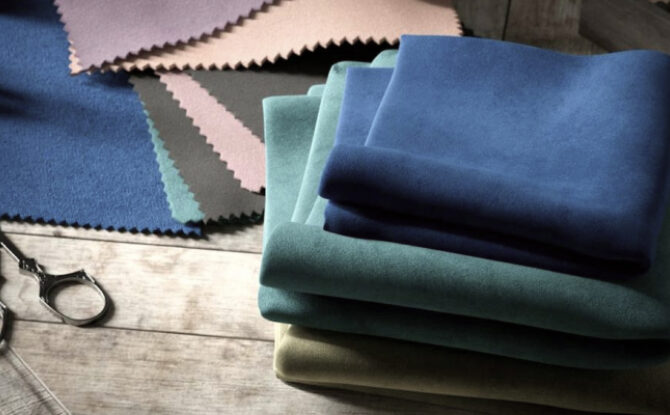

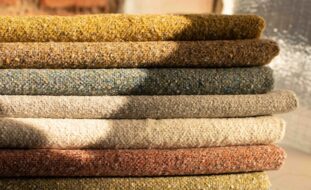
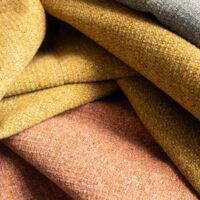
Over 1,000 fabrics in our two House collections.
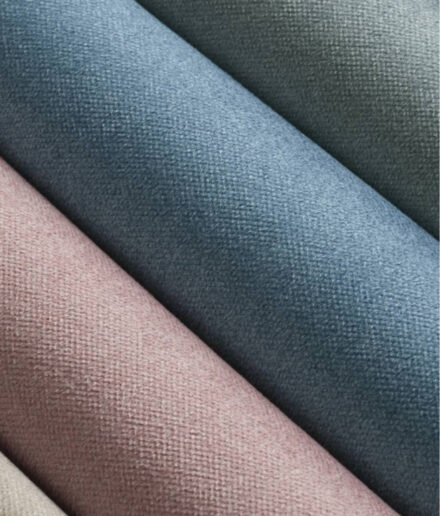
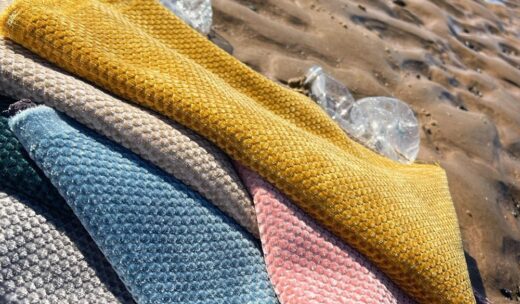
With well over 40 ranges and 1,000 plus fabrics to choose from, our Essential and Eco House collections provide an excellent choice without the designer price tag.
All of our Essential House fabrics have been carefully selected for colour, durability and value for money. Some of these fabrics also come with a practical easy-clean finish too.
Our Eco House fabrics are all made with recycled yarns, or sustainable natural fibres. Not only are they planet friendly, they are kind to your wallet too!
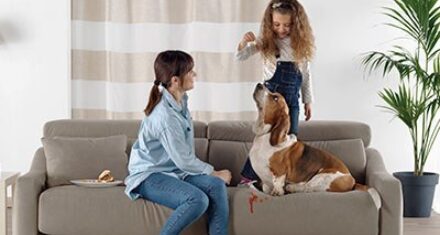
Aquaclean
These highly durable and technologically advanced fabrics have been designed to cope with the demands of modern life.
Children, pets and the clumsiest of adults are not a problem for these fabrics and the toughest of everyday stains such as chocolate, red wine, muddy paws and even ballpoint pen can be simply removed with just water.
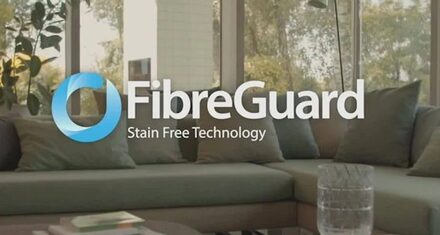
FibreGuard
Durable and easy to clean, FibreGuard fabrics have been developed for a low-maintenance lifestyle. Thanks to advanced, inherently stain-resistant yarns, everyday household stains can be tackled with ease, leaving your sofa looking as good as the day it was new. Our sofas can be made in a wide range of FibreGuard fabrics from Osborne & Little, Warwick and Wemyss.
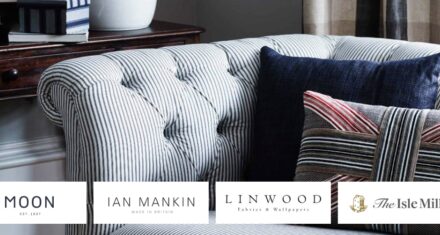
Best of British
Long Eaton Sofas are proud to support British weavers by offering a comprehensive range of fabrics which are woven in the British Isles. Our British-made fabric collection are all made on traditional looms with 100% natural and sustainable yarns such as cotton, linen and wool. This range includes fabrics from Abraham Moon, Ian Mankin, Linwood and The Isle Mill.
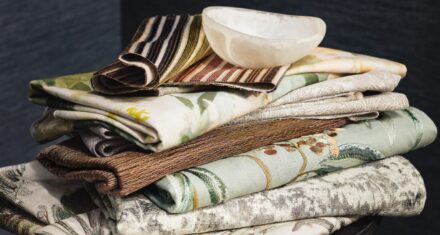
Designer Fabrics
At Long Eaton Sofas, we do not limit your fabric choice to selecting from a handful of designs and colours. In addition to our comprehensive range of house and easy-clean fabrics, our sofas can be made in tens of thousands of fabrics from over forty of the leading names in furnishing textiles, including Designers Guild, Morris & Co, Osborne & Little, Romo and Sanderson.
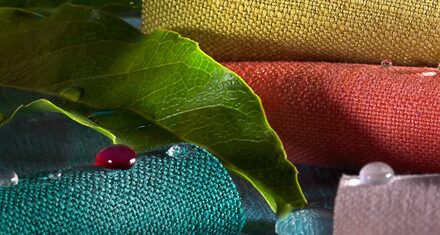
Sustainable Fabrics
A range of eco-conscious fabrics that are kinder to the environment. Many of these are made with organic and sustainable natural materials such as cotton, linen, or wool, or have been woven with recycled yarns. Recycled yarns are typically discarded from the fashion industry and saved from landfill, or are made from PET which originate from recycled plastic bottles. Many of the processes used in producing these fabrics also save valuable water and energy.
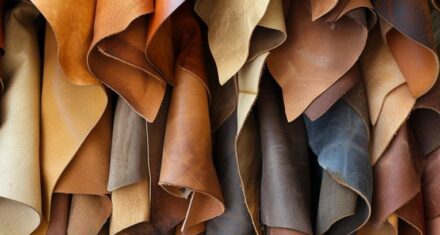
Leather
In addition to our comprehensive range of fabrics, our sofas can also be manufactured in a wide range of premium quality leathers from the leading tanneries in Europe. Choose from a large selection of leather hides from Crest, Futura, Nene Valley and Wildman & Bugby.


Visit our showroom to discover your ideal fabric.
At Long Eaton Sofas, we have one of the largest and finest fabric libraries available anywhere and far more choice than any retailer can offer you. In addition to our large range of house and easy-clean fabrics to choose from, we also have hundreds of pattern books from the leading names in furnishing textiles for you to select your ideal fabric from.
Get the latest inspiration and offers.
Sign up to our newsletter to be the first to hear about our latest news, inspiration, offers and promotions.
You can unsubscribe at any time using the link in our emails. For more details, review our privacy policy.





